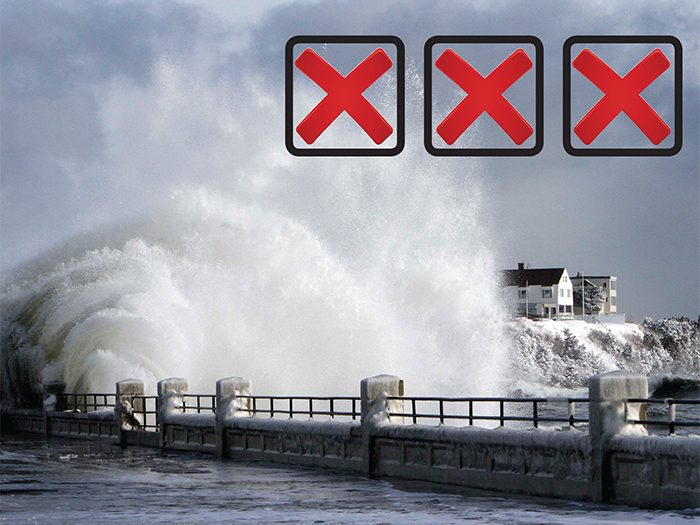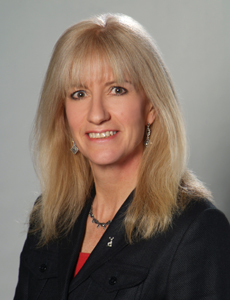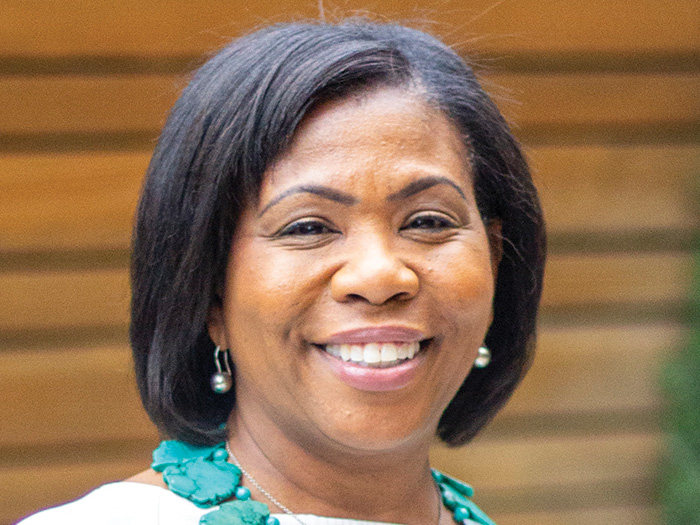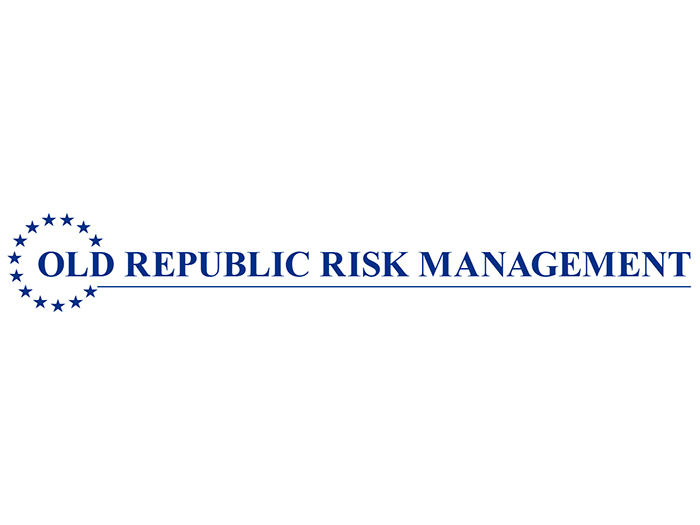Climate Change
Scorecard on Climate Resiliency

Each year, the National Association of Insurance Commissioners (NAIC) administers a Climate Risk Disclosure Survey. This eight-item questionnaire assesses an insurer’s approach to, and preparedness for, climate change. The survey questions cover investment decisions, risk mitigation efforts, financial solvency, emissions and carbon footprint, and how insurers engage consumers on the issue.
The nonprofit organization Ceres, which advocates for sustainability leadership, evaluates the survey to identify trends and track improvement over time.
“We systematically look at these responses and see from an industrywide perspective who is doing what,” said Max Messervy, a co-author of Ceres’ most recent report, “Insurer Climate Risk Disclosure Survey Report & Scorecard: 2016 Findings and Recommendations.”
“The top core theme we give the most weight to in our analysis is climate risk governance; are senior managers and corporate directors engaged on the issue? Are they being regularly briefed?” Messervy said.
According to the Ceres report, 25 percent of property/casualty insurers earned a “high quality” rating, meaning they regularly involve their boards of directors in discussions of climate change and sustainability goals.
Adapting to climate change also means taking advantage of new business opportunities in renewable energy.
“Through numerous studies and our work, it’s been shown to be a good practice to have senior management leadership, from the CEO level on down, regularly engaging in these issues as they emerge and evaluating economic impact,” Messervy said.
The Hartford, one “high quality” insurer on climate change, created an environment committee to oversee the company’s sustainability strategy. The Hartford’s CEO also joined White House roundtables on climate resilience.

Diane Cantello, vice president, corporate sustainability, The Hartford
“The Hartford is recognized regularly for our commitment to corporate sustainability,” said Diane Cantello, vice president of corporate sustainability. “Between 2007 and last year, the company’s energy-related greenhouse gases were reduced by 57 percent.”
Keeping Informed
Another trait shared by “high quality” insurers — those who received at least 75 points from Ceres on a 100-point scale — is their collaboration with the scientific community. Getting the most up-to-date information on climate change both from leading scientists and through internal research is key to understanding the exposure an insurer faces and providing guidance to clients.
Swiss Re, for example, conducts climate change research and works with governments and international bodies to facilitate discussions.
“We have developed methodologies to assess and quantify climate risk for certain regions or certain clients,” said Andreas Spiegel, head group sustainability risk at Swiss Re. “We’ve provided studies to governments across the globe, helping them to understand the future impact of climate change and develop an adaptation strategy, which includes insurance components,” Spiegel said.
FM Global, another high-scoring carrier, depends on its in-house engineering staff to evaluate the environmental impact of a variety of risks.
“We have to make sure we give our insureds sound guidance on how they can meet sustainability goals, which means advising them on how their risks can make them less sustainable, but also how their sustainability efforts present new risks,” said Lou Gritzo, vice president and manager of research at FM Global.
Gritzo said a key challenge for insurers going forward will be keeping up with advancing science and relaying it in easily digestible ways to their clients.
New Business Potential
Adapting to climate change also means taking advantage of new business opportunities in renewable energy. Investment portfolios should be reviewed regularly by company leaders. Fossil fuel producers, for example, may see performance decline as renewable energy producers move into the market. New regulations to curb carbon dioxide emissions could reduce demand for fossil fuels.
“We’re undergoing a massive energy transition currently, based on the Paris climate agreement signed in December 2015, and basically the economics of renewable energy are becoming increasingly favorable over fossil fuel-based energy,” Messervy said.
“There is a need to understand both the risk and the business opportunity in renewable energy. It’s a core interest for the insurance sector, especially reinsurance because macro risks are where we specialize,” said Spiegel. &










